They say the NHL is a copycat league. So, the Montreal Canadiens can probably stand to take some notes, looking at the final four teams of the 2022 Stanley Cup Playoffs.
True, it wasn’t that long ago the Habs were where the Colorado Avalanche, for example, are right now, having punched their ticket to the Stanley Cup Final. However, one look at their respective rosters will reveal huge differences in the make-ups of each team.
Ultimately, the Canadiens’ success last playoffs, while earned, was very much unsustainable. Look no further for proof than how they were led on defense by the now-“retired” Shea Weber and from the net out by Carey Price, whose future is shrouded in uncertainty. Truth be told, Price could retire shortly himself.
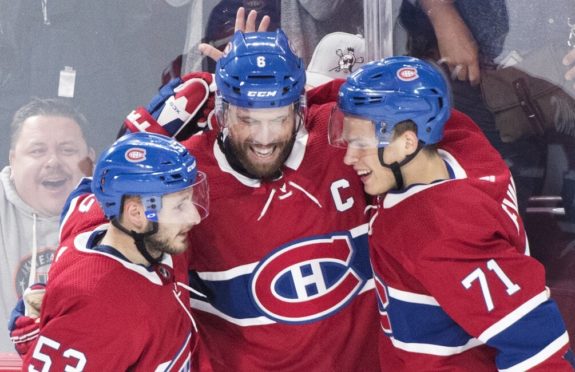
After falling from the Final all the way to last place in the entire league in 2021-22, the Canadiens are rebuilding. They clearly have some of the right pieces in place, but are also likely at least a few years away from contending again. Here are key takeaways from each semi-finalist from which general manager Kent Hughes (and executive vice president of hockey operations Jeff Gorton) can take inspiration:
Edmonton Oilers – Draft Connor McDavid
It obviously helps to have one of the best players on the planet (if not the absolute best) in Connor McDavid (who literally scored the same amount of points these playoffs than Toronto Maple Leafs forward Auston Matthews has in his entire postseason career). However, the Edmonton Oilers are much more than a single player.
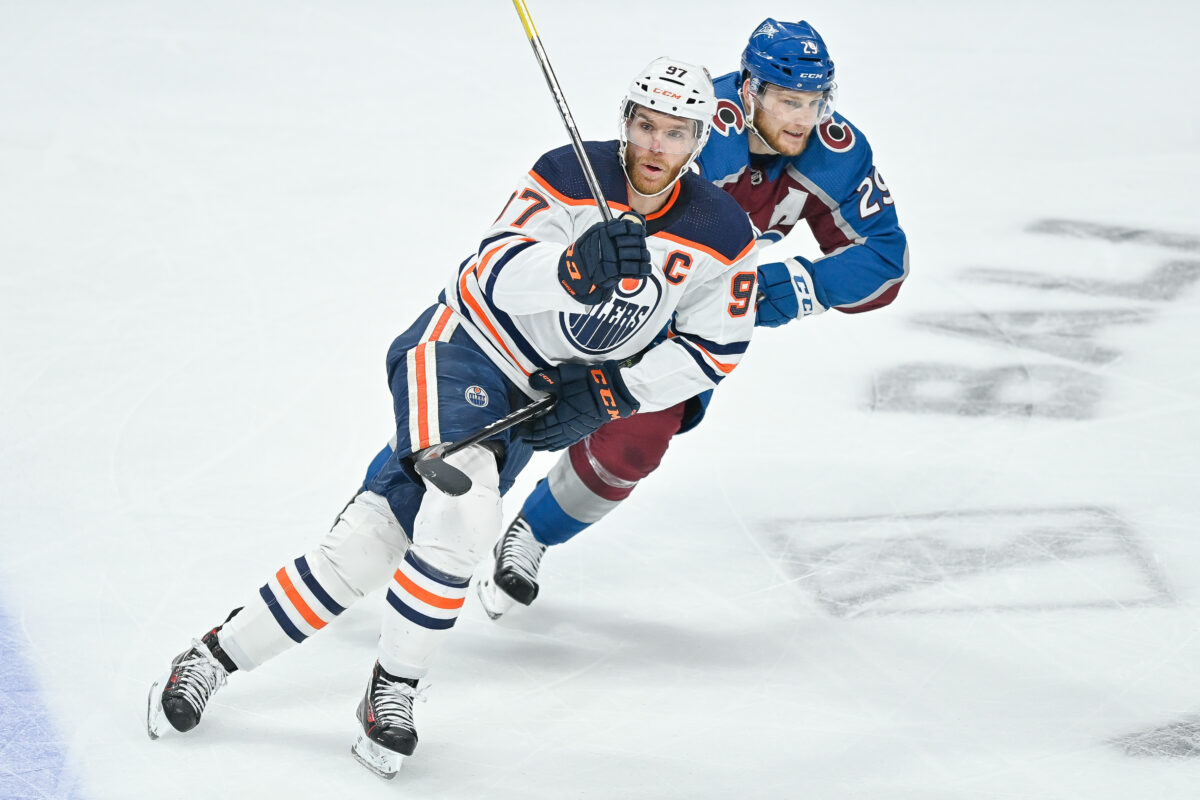
Including McDavid, they’ve got seven homegrown top-10 picks on the roster: Leon Draisaitl, Ryan Nugent-Hopkins, Jesse Puljujarvi, Darnell Nurse, Evan Bouchard and Philip Broberg. That’s not even including ex-first-overall-pick Taylor Hall, who the Oilers eventually traded for Adam Larsson. Or Nail Yakupov, who didn’t work out at all. Just like Magnus Paajarvi. There’s also Sam Gagner if you go all the way back to 2007 (15 years).
Really, the Oilers have struggled a good long while. That much is clear.
All things taken into consideration, the lesson here is clear: Draft high and draft often (even if only to account for misfires). Of course, consistently hitting your target can be too much of a good thing with potential for serious salary cap concerns and the Oilers consistently finding themselves behind the eight ball in net.
In fact, the Oilers are consistently used as an example of how drafting high doesn’t work, their recent success notwithstanding. And it’s true: “Tanking” doesn’t always work, but it works often enough, with the vast majority of Stanley Cup champions of the cap era having stayed multiple seasons at the bottom of the standings, before finding their rhythm.
Think of it like driving a car. It’s not for everyone and it does result in the occasional fender bender, but as a mode of transportation that gets you from Point A to Point B? It’s overwhelmingly successful. So is tanking. You’ve just got fill up your tank with the right mix of picks and players, without neglecting the net.
New York Rangers – Trust in Jeff Gorton
You may say the Oilers never actively tanked, though. They arguably tried season after season, only to fall apart due to a primarily top-heavy lineup and a lack of elite goaltending. With all that in mind, you can probably just call the New York Rangers the anti-Oilers.
Think about it: Whereas the Oilers may not have actively tanked, the Rangers were incredibly transparent about their desire to rebuild, posting an open letter to fans back in 2018 to that effect. Largely under the guidance of Gorton, the Rangers’ ex-GM, it’s worked.
Was it explicitly a tank job? You be the judge, but this is officially their first playoff berth since 2017… and they did get two top-two picks in Kaapo Kakko and Alexis Lafreniere since that point. It’s the same end result at the very least, implying the Canadiens are in decent hands.
It’s more than that, though. Lafreniere and Kakko are the only two top-10 picks on the Rangers. On top of that, neither one of the two are key components of the team right now (even if they are still contributing in one way or another).
Furthermore, whereas McDavid and Draisaitl up front are leading the charge for the Oilers, the Rangers’ most valuable player has been goalie Igor Shesterkin. He was far from a top draft pick back in 2014. Hell, he wasn’t even the top goalie the Ranger chose (Brandon Halverson).
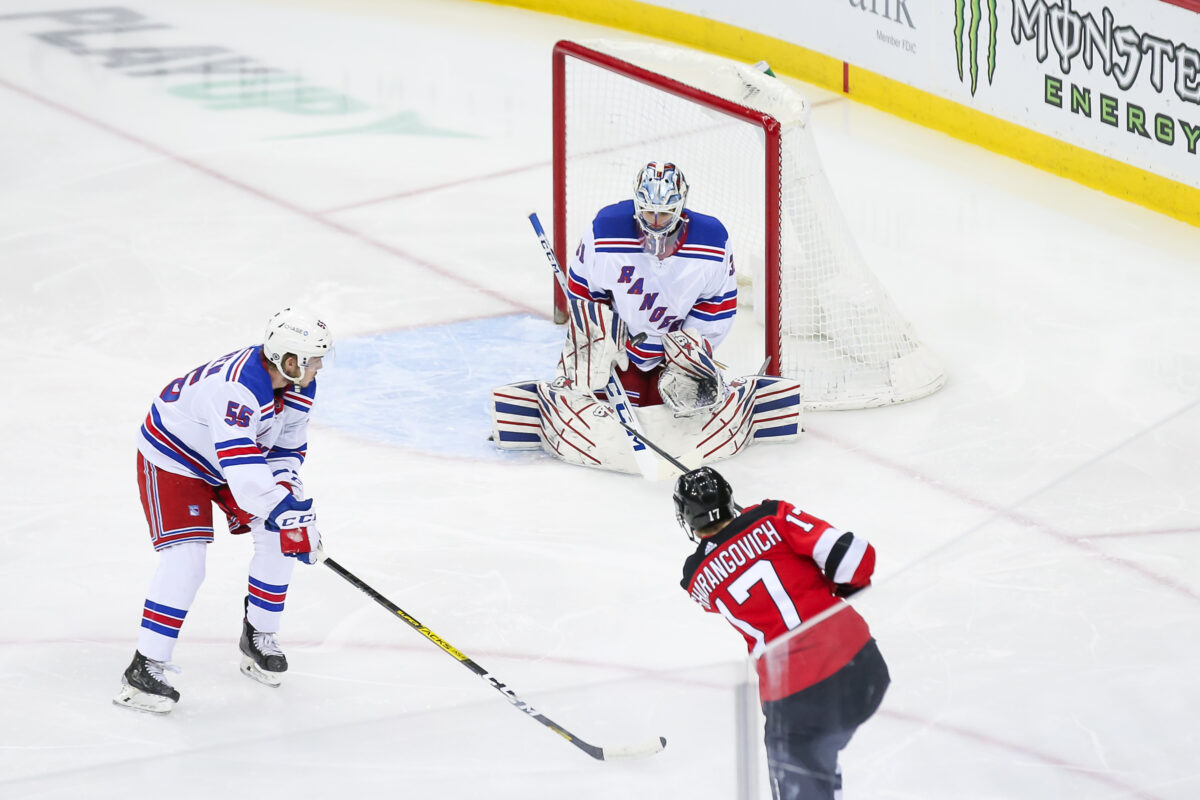
Admittedly the Canadiens have tried this recipe for success before, like every season over the last 30 years and their track record hasn’t been great. In fact, the Rangers themselves are facing contradictory analytics that say they shouldn’t be as good as they are (from ‘Rangers unbothered by misleading analytics with Igor Shesterkin in net,’ New York Post, Feb. 26, 2022).
However, Shesterkin’s play is only part of the story, with a balanced attack up front and defense on the back end led by Artemi Panarin and Adam Fox respectively. The fact that Shesterkin is in the prime of his career at 26 and under contract until 29 at a below-market-value $5,666,667 cap hit helps fit Panarin’s $11,642,857 and Fox’s $9.5 million (starting next season) under the ceiling.
However, it shouldn’t be lost on anyone though that Panarin and Fox, who are both elite players, effectively chose the Rangers, in part because New York City is a prime destination. In that regard, the Canadiens do have the deck stacked against them, but that arguably makes drafting and cost-effective contracts to restricted free agents like Shesterkin so important.
The bottom line is you have to capitalize before your top players price themselves out of the market… and maybe not devote so much space to goaltending. Considering Nick Suzuki’s affordable long-term deal and how the Habs might be on the verge of gaining Price’s $10.5 million hit back, there’s reason for cautious optimism here.
Tampa Bay Lightning – Let Julien BriseBois Work the CBA
The Tampa Bay Lightning have a chance to accomplish something special, something that hasn’t been done in decades and win three straight championships. You may be rooting against the Lightning for that reason (or because they beat the Habs in the Final in 2021). Still, there’s no denying they’re a powerhouse built the right way, especially this latest title defense, as Nikita Kucherov’s cap hit actually counts this time.
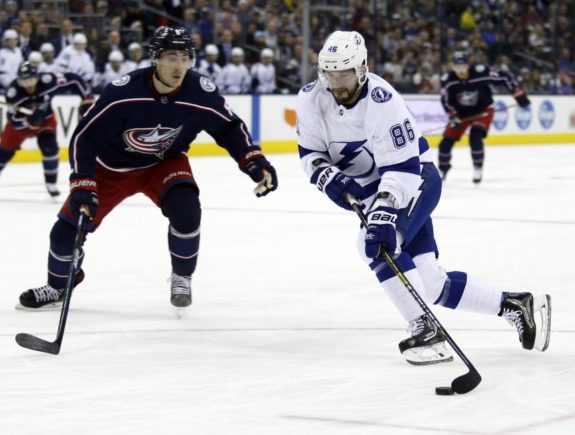
Even so, few Habs fans should be calling “shenanigans.” Many were hoping the Habs would do the exact same thing and shelve Weber’s cap hit in 2021-22, so he could rest up for a long playoff run. That was obviously before the full extent of Weber’s injuries and the quality of the roster without him and Price were each widely acknowledged for what they were: incompatible with sustainable on-ice success.
In reality, the Lightning should be celebrated for what they’ve been able to do on the ice and off it, including the savvy acquisition of Brent Seabrook’s contract to get cap relief. Credit to GM Julien BriseBois, who got his start with the Canadiens, for working the Collective Bargaining Agreement to his and the Lightning’s advantage. Again though, with the Habs actively trying to trade Weber’s deal at the opposite end of the spectrum, there’s no reasonable reason for the pot to call the kettle black.
As alluded to earlier, this is a copycat league and imitation is the sincerest form of flattery after all. The Canadiens and their fans don’t have to like the Lightning, but, with the Canadiens right up at the cap, they may have to like their tactics sooner rather than later.
Colorado Avalanche – Take Your Pick
A slew of homegrown, high draft picks currently making an impact? Check. Including one of the best players in the world on the roster in Nathan MacKinnon? Check. A well-balanced lineup without a single contract over $10 million? Check. Reliable goaltending that doesn’t come close to that amount in cost? Check.
There’s no doubt the Colorado Avalanche will run into cap issues sooner or later. MacKinnon’s contract, at a should-be-illegal hit of $6.3 million, runs out at the end of next season. They’ve also only got six forwards under contract for next season, with Nazem Kadri, Andre Burakovsky, Valeri Nichushkin and Artturi Lehkonen all requiring new contracts. In the here and now though, the Avalanche are doing just what they should be doing, capitalizing on the relatively low cap hits of MacKinnon and company en route to a Stanley Cup Final berth.
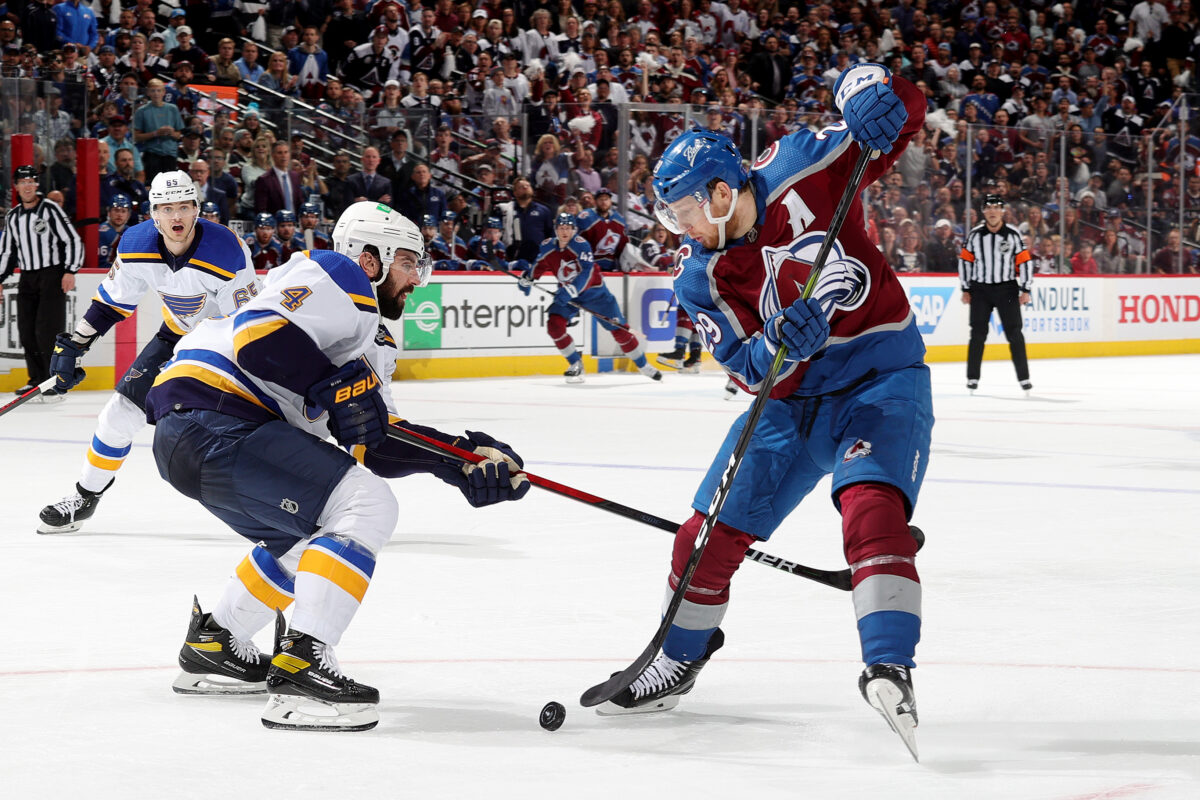
They may have taken a longer-than-expected road to get here, having failed to reach Round 3 in each of the last four seasons, despite having quality teams on paper. However, the Avalanche have finally broken through and will almost certainly be the favorites in the Final after having swept the Oilers in that third round. That’s regardless of who they meet in the upstart Rangers or battle-tested (but most certainly battle-tired), defending-champion Lightning.
However, it took some time for the Avs to even get to that point of having a strong team capable of getting this far. From 2011 to 2017, the Avalanche made the playoffs only once. In that time, they stockpiled high picks, resulting in the selections of currently five on-roster top-10 selections: MacKinnon, Gabriel Landeskog, Mikko Rantanen, Cale Makar and Bowen Byram.
That figure rivals the seven the Oilers have. Yet the Avalanche are rarely seen in the same light as a cautionary tale. In fact they and GM Joe Sakic are instead considered poster boys for a well-run organization. All that to say, patience is imperative. As mentioned earlier, it’s going to take a few seasons at least to get back on track.
Related: Canadiens 5 Moves Away from 2025 Stanley Cup
A one-season turnaround in the standings is possible. The Canadiens have proven that, and so have the Avalanche. The Avalanche missed the playoffs in 2008-09 with 69 points, only to rebound with a 95-point effort in 2009-10. Then, after three straight non-playoff seasons, they returned to the posteason with a 112-point effort in 2013-14. Both times, they lost in Round 1. The Avalanche missed them three more seasons in a row before starting their current run of five straight playoff appearances.
Canadiens fans should brace themselves for a lack of a quick fix leading to long-term sustainable success. It’s simply not going to come. There’s a long road to recovery ahead, but they should trust the process and that the right people are in charge to see it through. The first-overall pick at the 2022 NHL Entry Draft is a good start. Whoever wins the 2022 Stanley Cup though, it’s a sneak peek at a possible eventual ending.